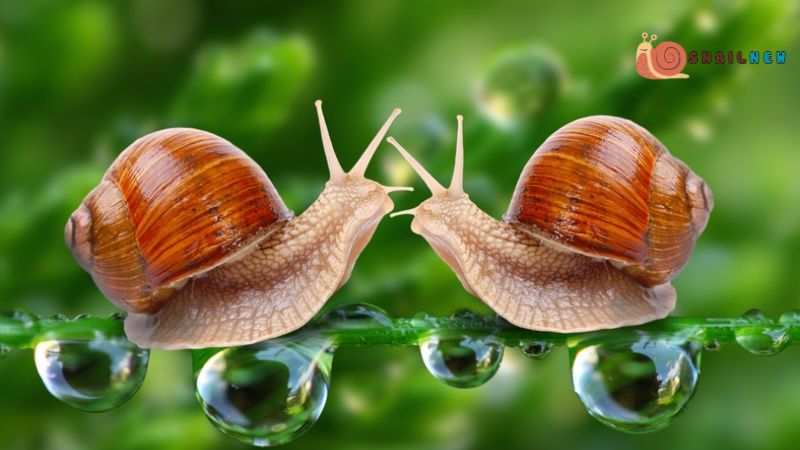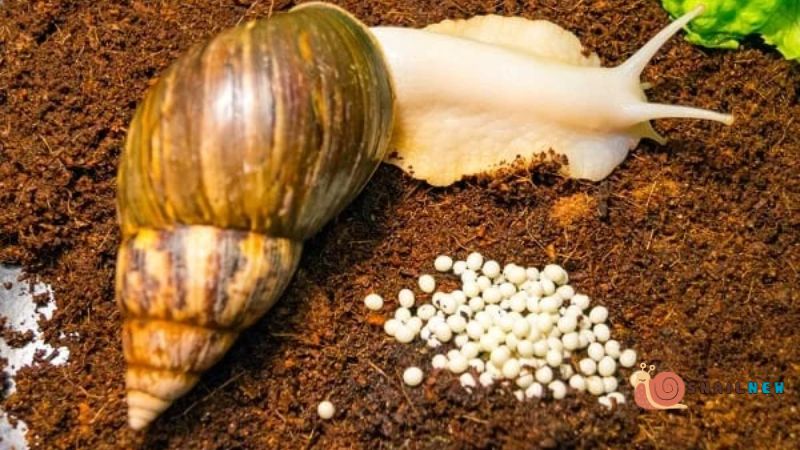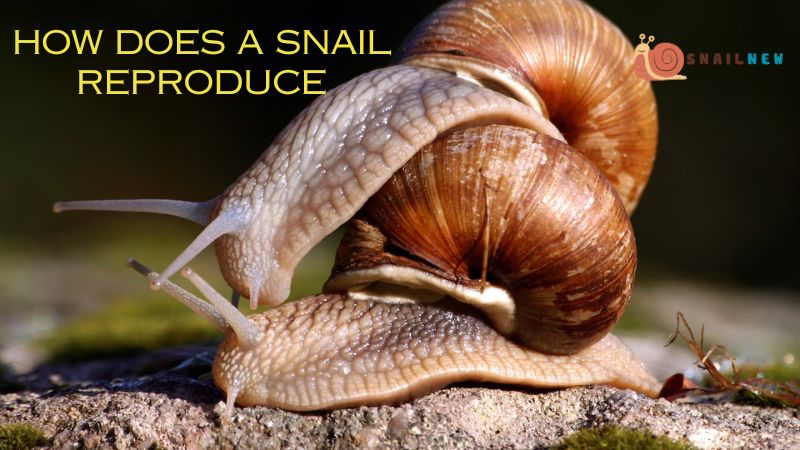Snails, those seemingly simple creatures with their spiral shells, hold within them a world of complexity and intrigue. Their reproductive processes, far from mundane, offer a glimpse into the wonders of evolutionary adaptation and survival. In this comprehensive exploration, Snailnew embark on a journey to unravel the intricate mechanisms behind snail reproduction, repeatedly asking the question: how does a snail reproduce?
Table of Contents
Toggle1. The Anatomy of Snail Reproduction:
Prior to exploring the intricacies of snail reproduction, it’s essential to grasp the fundamental aspects of their anatomy and physiology. As hermaphrodites, snails harbor both male and female reproductive organs within a single individual, a remarkable feature that underpins their mating ritual. This unique arrangement allows for the exchange of genetic material during a fascinating mating process, shedding light on the complexity and versatility of snail reproduction within the animal kingdom.

2. The Elegance of the Mating Dance:
Central to snail reproduction is the captivating spectacle of the mating dance. Snails partake in a delicate courtship ritual characterized by nuanced movements and tactile signals that communicate readiness and intent. This intricate dance serves as a prelude to the exchange of sperm, facilitating fertilization and laying the foundation for the perpetuation of the species. Through this mesmerizing display, snails showcase the complexity of their reproductive behaviors, underscoring the vital role of courtship in their life cycle.
3. The Role of the Love Dart: How Does A Snail Reproduce
Central to the mating ritual is the enigmatic love dart, a specialized structure employed by snails to facilitate the exchange of sperm. The love dart, often composed of calcareous material, is deployed with precision, piercing the skin of the partner and ensuring the transfer of genetic material. This curious adaptation highlights the evolutionary ingenuity of snails in their quest for reproductive success.

4. From Exchange to Fertilization:
Following the exchange of sperm, each snail is endowed with the potential to fertilize eggs. These eggs, once laid, undergo a transformative journey towards hatching. The process of fertilization marks a pivotal moment in the reproductive cycle, as the union of genetic material sets the stage for the emergence of new life.
5. The Delicate Balance of Egg Deposition:
Egg deposition is a critical phase in the reproductive journey of snails. Selecting suitable locations such as soil, leaf litter, or beneath rocks, snails lay their eggs in environments conducive to development. The choice of deposition site is guided by factors such as humidity and temperature, ensuring optimal conditions for the survival of the embryos.
6. Navigating the Incubation Period:
As the eggs are laid, they enter a period of incubation, where they are vulnerable to environmental fluctuations and predation. This incubation period, varying in duration across species and environmental conditions, is a time of anticipation and vulnerability, as the nascent embryos await their moment of emergence.
7. The Miracle of Hatching:
With the culmination of the incubation period comes the miracle of hatching, as the eggs give way to tiny, vulnerable hatchlings. These juvenile snails, equipped with miniature shells and voracious appetites, embark on their journey into the world, navigating their environment with instinctual precision.

8. Growth, Maturation, and Beyond:
As the juvenile snails feed and grow, they undergo a series of developmental stages, each marked by molting and shell expansion. This period of growth and maturation is essential for the snails to reach reproductive maturity, paving the way for their participation in the cycle of reproduction.
9. Unlocking the Mysteries of Captive Reproduction:
Snails, celebrated for their remarkable adaptability, have demonstrated the capacity to reproduce under diverse captive conditions. Whether maintained as pets or studied in laboratory environments, snails consistently impress researchers with their resilience and reproductive capabilities. Delving into the intricacies of captive reproduction not only provides valuable insights into their biology and behavior but also contributes to our broader understanding of these fascinating gastropods and their remarkable ability to thrive in various settings.
10. Conservation Considerations:
The examination of snail reproduction carries profound implications for global conservation endeavors. As essential contributors to ecosystems, snails fulfill critical roles in nutrient cycling, soil enrichment, and biodiversity maintenance. Through understanding the nuances of their reproductive strategies, conservationists can devise precise interventions to safeguard snail populations and the ecosystems they inhabit. By protecting snail diversity, we not only ensure the health and resilience of ecosystems but also promote the overall well-being of countless other species reliant on these vital gastropods.
Conclusion:
In conclusion, the journey through the complexities of snail reproduction unveils a tapestry of evolutionary marvels and adaptive strategies. From the elegance of the mating dance to the miracle of hatching, each stage in the reproductive cycle serves as a testament to the resilience and ingenuity of these remarkable creatures. By repeatedly posing the question “how does a snail reproduce,” we embark on a voyage of discovery, deepening our understanding of the natural world and the myriad forms of life it harbors.
Related Posts:
- Can Snails Reproduce Asexually? Nature's Ingenious…
- How Long do Snail Eggs Take to Hatch?
- Do Snails Have Hearts? Unveiling the Intricacies of…
- Do Snails Shed Their Shells? The Truth About Snail Shells
- Exploring the Intriguing Anatomy of Snails: Nature's…
- Do Snails Have Brains? A Fascinating Journey into…


